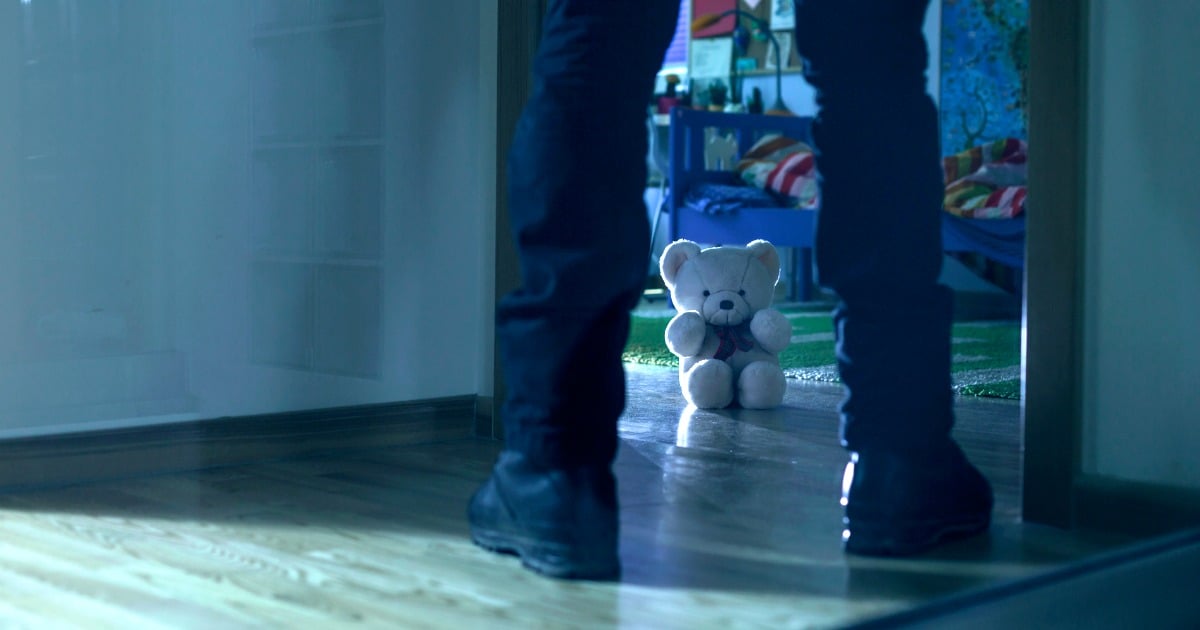
Xanthe Mallett, University of New England
Having worked with police forces in Australia and the United Kingdom identifying those who sexually prey on children, people are always asking me how you can tell a paedophile from everyone else.
Well, I can tell you one thing – they don’t have horns and tails. They look and act like you and me. Except for one key difference: they’re sexually attracted to children.
What is a paedophile?
Paedophiles (as defined by the fifth Diagnostic and Statistical Manual of Mental Disorders) are individuals who are preferentially or solely sexually attracted to prepubescent children, generally 13 years or less.
There are distinct classifications for other attractions to children, depending on the developmental stage the adult is sexually attracted to. Those who find children on the cusp of puberty sexually attractive are known as “hebephiles”. “Ephebophiles” are individuals who are sexually attracted to children who have reached puberty.
Not all paedophiles are child sex offenders, and conversely not all child sex offenders are paedophiles. Some people who sexually abuse children are not preferentially attracted to children at all. The abuse is a matter of opportunity: the child is a sexual surrogate for an unavailable adult or the abuse represents a need to dominate and control another human being.
So, to de-muddy the water, I will restrict this discussion to those with an attraction to children: preferential child sex offenders.




























































































